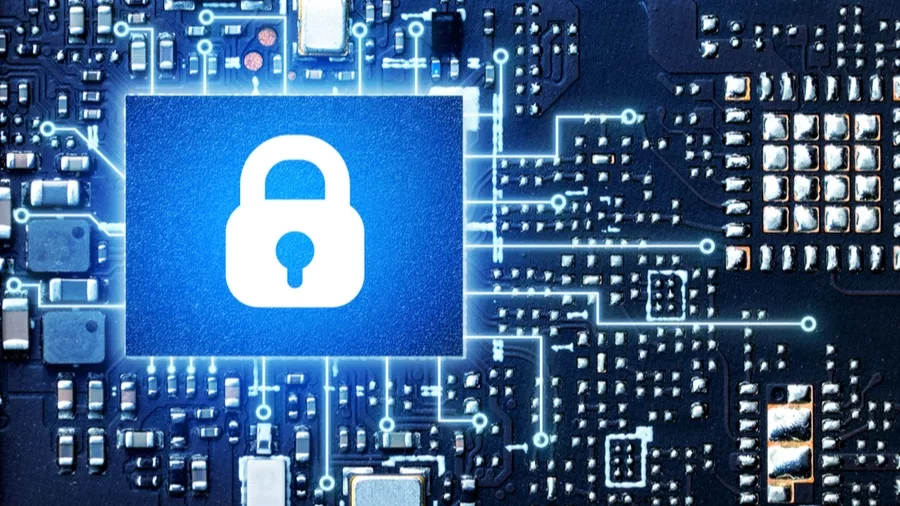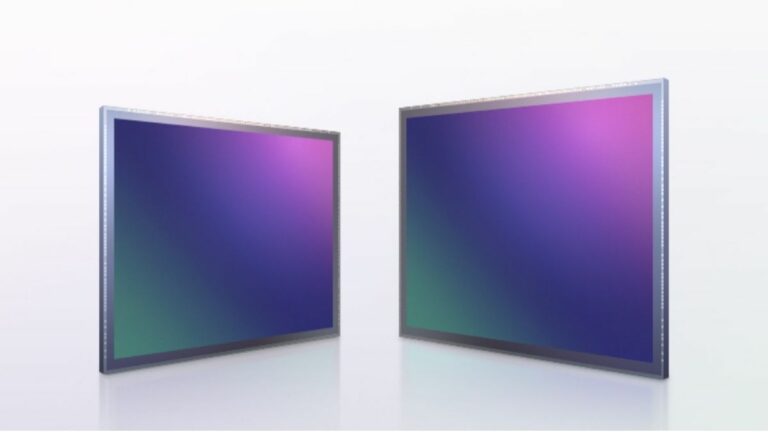Researchers Have Invented The World’s First Unhackable Processor

Meet MORPHEUS — a new computer architecture developed by researchers from the University of Michigan that is claimed to be ‘unhackable’ because of its advanced self fending techniques.
The chip uses self-encryption technology and reshuffles its own code and data at 20 times per second. This speed is faster than a human hacker can work to hack a system and thousands of times faster than the fastest electronic hacking techniques.
MORPHEUS is a DARPA supported project and its technique to encrypt and randomly shuffle its keys makes the contemporary bug and path model obsolete. The prototype chip is based on the open source RISC chip design.
According to Todd Austin, one of the developers of the chip says even if a hacker is successful in finding a bug in the system, “the information needed to exploit it vanishes 50 milliseconds later.”
In a DARPA funded prototype, MORPHEUS was successful in defending itself against every known variant of control-flow attack which is a widely used technique used by hackers.
The current method of patching bugs by pushing a software update seems irrelevant when it comes to MORPHEUS. The chip uses a process called “churn” that makes it impossible to pin down and exploit a vulnerability. Churn constantly randomizes critical program assets to evade any possible exploitation using software vulnerabilities.
Austin says, “Imagine trying to solve a Rubik’s Cube that rearranges itself every time you blink. That’s what hackers are up against with MORPHEUS. It makes the computer an unsolvable puzzle.”
MORPHEUS’ churn rate can be adjusted to achieve a balance between maximum security and resource consumption. The prototype chip was set at a churn rate of 50 milliseconds and during the demonstration, it was found that the performance took a hit of 1%.
The architecture also has an in-built attack detector that increases the churn rate if it anticipates an attack.
You can read more about MORPHEUS here.
Also Read: This Lidar-Based Camera Can Click Photographs From 45 Kilometers Away






